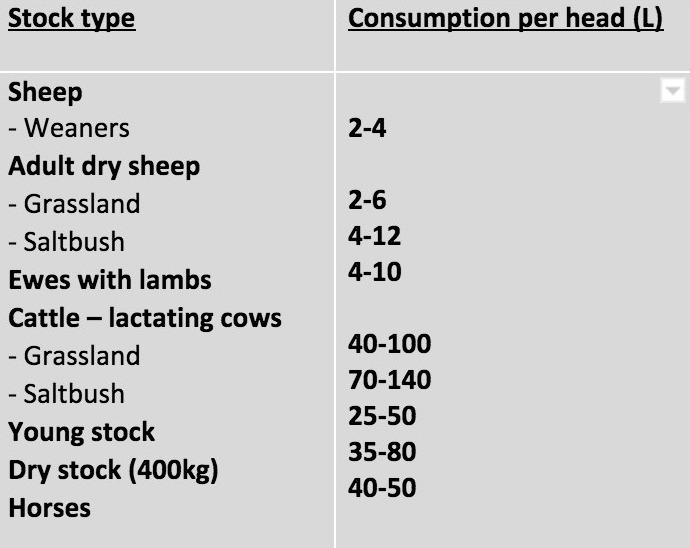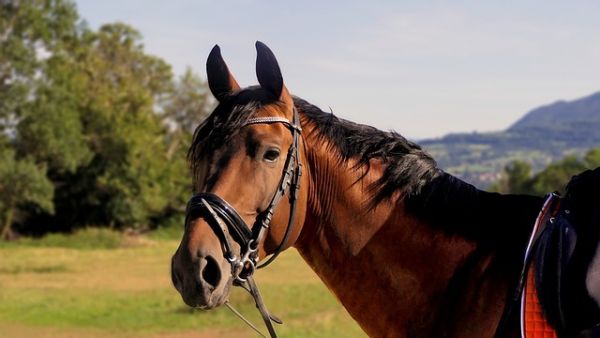|
The tough drought conditions of 2018 have us focused on stock water requirements going into summer. Recent storm rain has topped up many dams with not only water but a lot of silt - remember water quality is important along with quantity. How much water do you need? Read on......
Water is an essential nutrient for all classes of stock, from high producing cows to newborn calves. The amount required varies as show in the following table.
Average water requirements of stock

The above table shows a large variation in the consumption of water. The three broad factors to consider when assessing water requirements are:
Water quality
If water is not of high enough quality, it can compromise animal welfare and business profitability. The suitability of water for consumption is determined by: salinity, acidity, toxic elements and compounds, bacterial and algal load.
Salinity is the main factor which determines the suitability of water for stock. Salinity increases the intake of water by animals, partly through taste and partly to allow greater water turnover so that the body can regulate salt balance. Water below pH 6.5 or alkaline can cause digestive upsets and rejection of water.
There are many commercially available test kits to test water quality – e.g. NSW DPI laboratory services.
Environmental factors
In hot weather, animals use more water for evaporative cooling (panting). Their heat load depends on the access to shade, humidity and air flow. The amount they drink also depends on the temperature of the water. Stock prefer water below their body temperature and avoid warmer water. Care should be taken to prevent water heating up in water lines heading to stock troughs.
Animal factors
Age and condition of the stock impacts water consumption. Shearing sheep increases the heat load because of the insulation the fleece formerly provided. Water consumption increases nearly 80% as sheep must pant more to dissipate heat.
|
